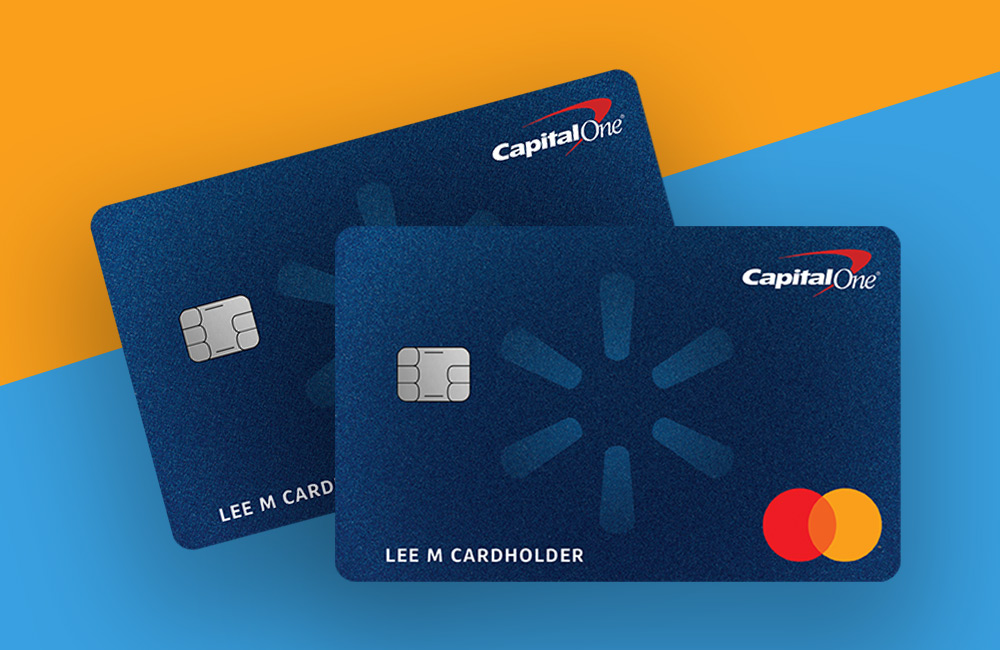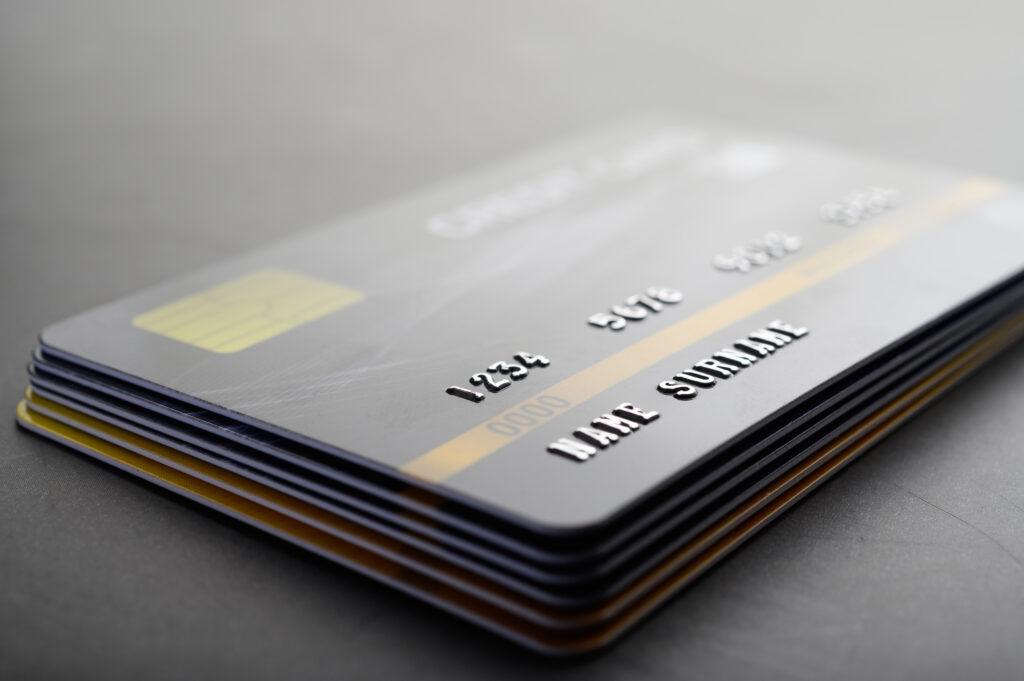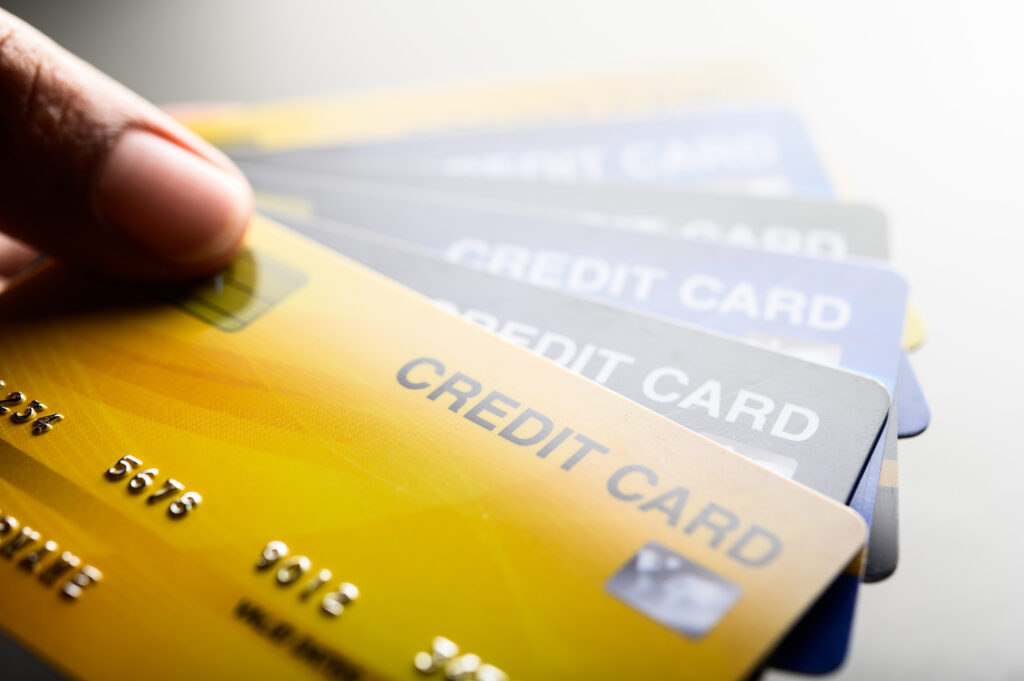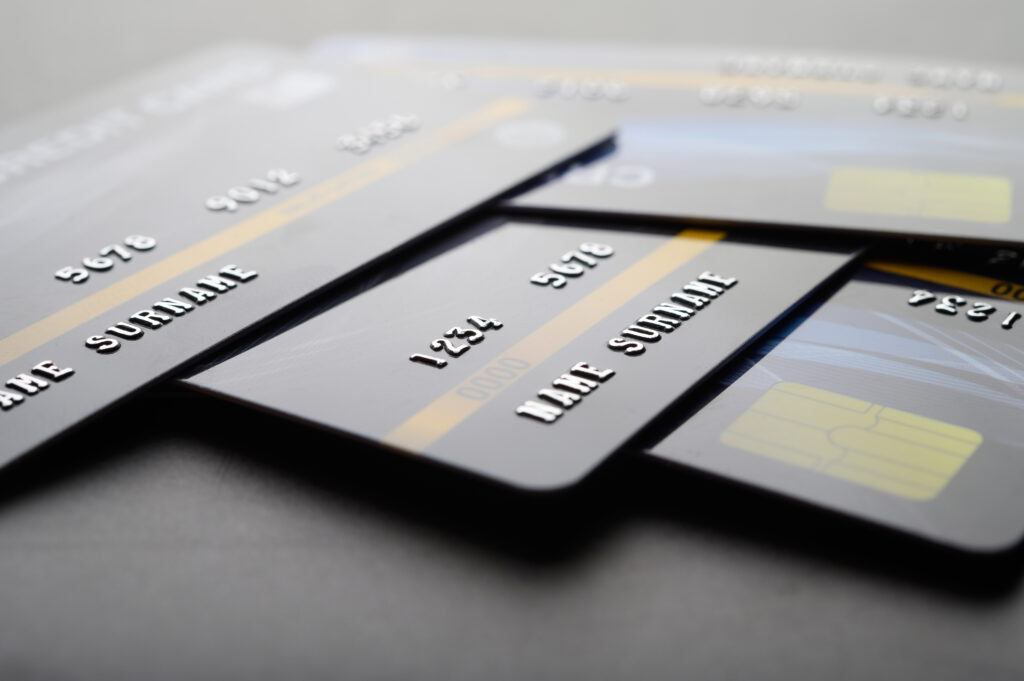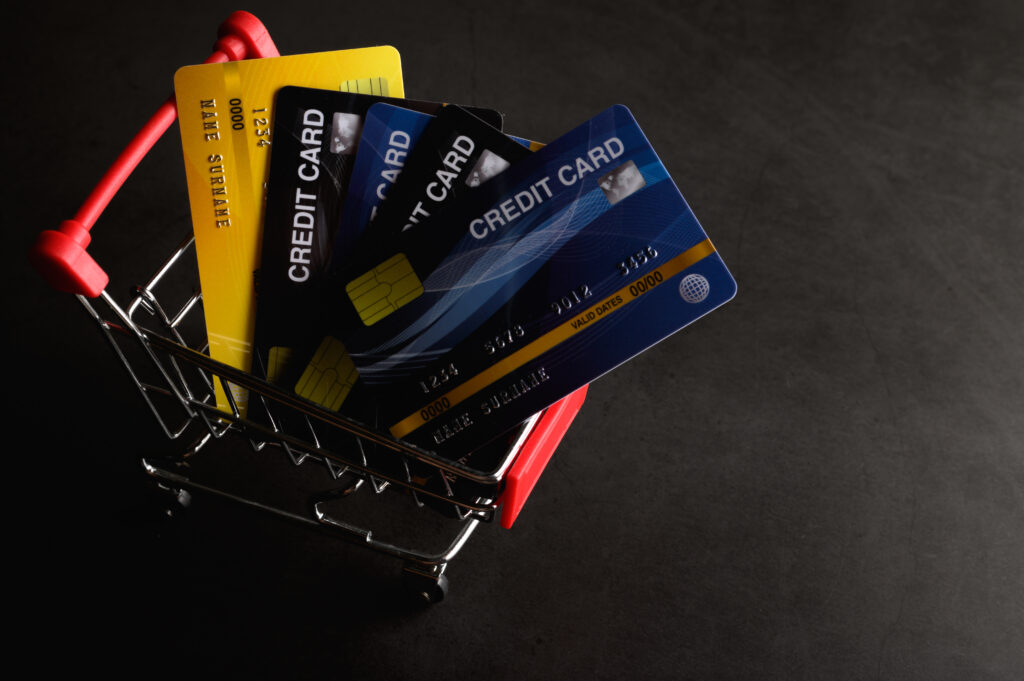
The credit card industry has revolutionized the way we spend, shop, and manage finances. With a swipe or a tap, transactions are completed in seconds, granting us convenience and efficiency in our daily lives. But today, there are so many different types of credit card that it can be confusing figuring out which of types of credit cards are best for you.
Whether you’re looking for rewards, building credit, or managing debt, there’s a card tailored for your needs. It’s important to understand the different types of credit cards available, so you can make an informed choice that aligns with your financial goals.
The main types of credit cards include:
- Standard Credit Cards
- Rewards Credit Cards
- Balance Transfer Credit Cards
- Secured Credit Cards
- Student Credit Cards
- Charge Cards
Standard Credit Cards
A standard credit card, often referred to as a “plain-vanilla” credit card, offers no special features or rewards. It’s the most straightforward type of card you can find in the market.
Features
- Credit Limit: Every standard card comes with a credit limit, which is the maximum amount you can borrow.
- APR (Annual Percentage Rate): Represents the interest you’ll pay if you carry a balance from month to month.
- Minimum Payment: If you don’t pay off the full balance, there’s a minimum amount due each month.
When and Why to Opt for a Standard Card
Standard credit cards are suitable for individuals who want a simple, no-frills option. If you’re not interested in earning rewards or navigating complex point systems, this card is for you. It’s also an excellent choice for those new to credit or people who prefer the predictability of fixed terms.
The main goal with a standard card is to make regular purchases and pay them off, thereby building or maintaining a positive credit history.
Rewards Credit Cards

Rewards credit cards offer users the chance to earn specific benefits or rewards based on their spending habits. There many different types of reward credit cards too! If you want to learn more about the different types of reward cards, we suggest clicking here to read more!
Features
- Reward Points: Earned for every dollar spent. These points can later be redeemed for goods, services, or cashback.
- Bonus Categories: Some cards give extra points for spending in specific categories like dining, travel, or groceries.
- Sign-up Bonuses: Many reward cards come with bonuses for spending a certain amount in the initial months.
- Variable APR: The interest rates can vary based on the prime rate, and it’s usually higher than standard cards due to the rewards they offer.
When and Why to Opt for a Rewards Card
If you regularly pay off your monthly balance and want to earn something extra from your spending, a rewards card is ideal. These cards can provide value in the form of cashback, merchandise, travel, or other perks. However, it’s crucial to choose a card that aligns with your spending habits.
For instance, if you often dine out or travel, select a card that offers generous points in those categories. But remember, some rewards cards often come with annual fees, so ensure the rewards you’re earning outweigh the costs.
Balance Transfer Credit Cards
Balance transfer credit cards are designed to help users transfer higher-interest credit card debt onto a card with a lower interest rate.
Features
- Introductory APR: Most balance transfer cards offer a 0% introductory APR for a set period (often 12-18 months) after the account is opened.
- Balance Transfer Fee: While the card might offer a 0% interest rate, there’s usually a fee to transfer the balance. This fee is typically a percentage of the amount being transferred.
- Post-Introductory Rate: After the introductory period, the interest rate will increase to a regular, and often variable, APR.
Benefits of Using a Balance Transfer Card
For individuals carrying a significant amount of debt on a high-interest credit card, transferring that debt to a card with a lower interest rate can save a lot in interest charges. This provides a window to pay down the principal balance more quickly. By consolidating debt onto one card, users can also simplify their monthly payments.
It’s important to be aware of the terms, including how long the low or zero interest rate will last, and what the rate will be once the introductory period ends. Making timely payments and aiming to pay off the balance before the end of the promotional period will maximize the benefits of a balance transfer card.
Secured Credit Cards
A secured credit card is distinct in that it requires an initial deposit as collateral, which typically becomes the credit limit for the card.
Features
- Collateral Deposit: To get a secured card, users need to provide a security deposit, which acts as collateral. This deposit typically determines the card’s credit limit.
- Credit Reporting: Most secured cards report user activity to the major credit bureaus, which can help cardholders build or rebuild their credit over time.
- Upgrade Potential: Some issuers may offer an upgrade to an unsecured card after a period of responsible use and timely payments.
Benefits of Using a Secured Card
Secured credit cards are primarily designed for individuals with no credit history or those looking to rebuild their credit. By ensuring on-time payments and responsible use, cardholders can gradually improve their credit score. The initial deposit acts as a safety net for the issuer, making these cards more accessible to those with lower credit scores.
Over time, responsible use of a secured card can lead to better credit opportunities and the potential to transition to an unsecured card. For those new to credit or working on credit repair, a secured card might be the right tool for you to rebuild your credit score.
Student Credit Cards
A student credit card is specifically designed for college students, typically those with limited or no credit history.
Features
- Eligibility: Primarily available to college students, often requiring proof of enrollment in a recognized institution.
- Credit Education: Many student cards come with tools and resources to educate users about credit, budgeting, and financial management.
- Lower Credit Limits: These cards often start with lower credit limits, which can increase over time with responsible use.
Advantages of Using a Student Card
- Building Credit Early: One of the primary benefits is the opportunity to start building credit at a young age. Timely payments and responsible use can help establish a positive credit history.
- Rewards and Perks: Some student cards offer rewards on purchases, cash back, or other perks tailored to the student lifestyle.
- Grace Periods: Certain issuers provide grace periods for the initial months, where students might not be charged interest.
- No Annual Fee: Many student credit cards come without an annual fee, making them cost-effective for students on a budget.
- Foreign Transaction Fees: Some cards waive foreign transaction fees, beneficial for students studying abroad or traveling.
- Financial Education: Access to resources that help students understand credit scores, reports, and overall financial management can set them on the right path for future financial decisions.
For students ready to begin their credit journey, a student credit card is a great first step. Students can learn everything they need from financial responsibility down to the technical aspects of credit cards all while usually bearing a pretty low risk. We recommend that students check out the Discover Student Cards as a first credit card choice! (Not an ad, we just like the cards!)
Charge Cards
A charge card is a type of card that requires the cardholder to pay off the full balance each month. Unlike a traditional credit card, there’s no option to carry a balance from month to month.
Key Differences From A Credit Card
- Payment Flexibility:
- Credit Cards: Allow users to carry a balance from month to month, incurring interest on the remaining amount.
- Charge Cards: Require full payment of the balance each month, meaning no interest accrues, but failure to pay can result in hefty penalties or account suspension.
- Credit Limits:
- Credit Cards: Typically have a preset spending limit based on the cardholder’s creditworthiness.
- Charge Cards: Often don’t come with a preset spending limit, but that doesn’t mean unlimited spending. The purchasing ability adjusts based on factors like purchasing behavior, payment history, and financial resources.
- Fees and Interest Rates:
- Credit Cards: Generally have an Annual Percentage Rate (APR) for balances carried over month to month.
- Charge Cards: Since they don’t have a preset spending limit and require full payment, they don’t come with an APR. However, they may have annual fees and can have significant late payment penalties.
Similarities
- Rewards and Benefits: Both card types can offer rewards, cash back, or travel benefits based on spending.
- Usage: Both can be used for purchasing goods and services wherever cards are accepted.
- Credit Impact: Responsible usage and timely payments on both types of cards can positively influence one’s credit score. Conversely, missed payments can negatively impact it.
To put it simply, while charge cards and credit cards might appear similar, understanding their differences is essential to selecting the right one for your financial habits and needs.
Conclusion
Finding the right credit card for you can be hard, but understanding the various types and how they fit to your specific needs makes the journey easier.
The key is to assess your financial habits and goals, then match them to the card type that serves those objectives best. Remember, the right credit card not only provides purchasing power but can also be a valuable tool in building a stronger financial future.
[userfeedback id=1]

